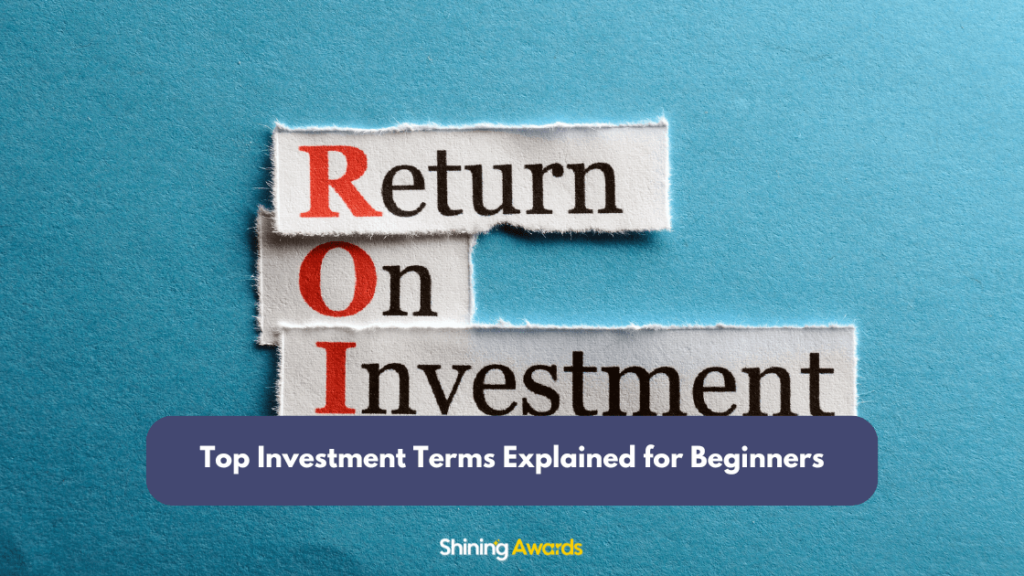ROI Optimization: Fine-Tuning Your Investment Approach
ROI Optimization – Embark on a journey to maximize your investment returns through ROI optimization. In this article, we delve into the intricacies of fine-tuning your investment approach. From identifying high-yield opportunities to implementing dynamic strategies, discover the key elements that will elevate your investment strategy to new heights. Visit the site cryptodezire.com if you are looking for a website that connects you to investment education firms that can help you along your investment journey.
ROI Optimization

Identifying High-Yield Investment Opportunities:
Identifying high-yield investment opportunities necessitates a keen eye for market trends and a deep understanding of various asset classes. Investors must conduct thorough research and analysis to pinpoint sectors or assets that offer promising returns.
This involves scrutinizing economic indicators, industry reports, and company financials to assess growth potential and profitability. Additionally, staying abreast of geopolitical events and global economic shifts can provide valuable insights into emerging opportunities.
Moreover, diversification plays a pivotal role in identifying high-yield investments. By spreading investments across different asset classes, industries, and geographic regions, investors can mitigate risk while maximizing potential returns.
This strategy allows for exposure to various market segments, reducing susceptibility to downturns in any single sector.
Furthermore, leveraging technology and data analytics can enhance the process of identifying high-yield investment opportunities. Advanced algorithms and predictive analytics tools can analyze vast amounts of data to uncover patterns and trends, helping investors identify undervalued assets or growth prospects that may have been overlooked.
Implementing Tactical Asset Allocation:
Implementing tactical asset allocation involves dynamically adjusting portfolio allocations based on changing market conditions and investment objectives. Unlike traditional buy-and-hold strategies, tactical asset allocation allows investors to capitalize on short-term opportunities and manage risk more effectively.
One approach to implementing tactical asset allocation is through a top-down analysis, where investors assess macroeconomic factors such as interest rates, inflation, and geopolitical events to determine the optimal allocation across asset classes.
By allocating more heavily to sectors or asset classes that are expected to outperform in the current economic environment, investors can enhance portfolio returns and reduce downside risk.
Conversely, a bottom-up approach focuses on individual securities or assets, evaluating factors such as valuation, growth potential, and market sentiment to inform allocation decisions. This approach allows investors to capitalize on specific investment opportunities within their portfolio, irrespective of broader market trends.
Incorporating Environmental, Social, and Governance (ESG) Factors:
Incorporating environmental, social, and governance (ESG) factors into investment decisions has gained traction in recent years as investors increasingly recognize the importance of sustainability and corporate responsibility.
ESG considerations go beyond financial metrics, encompassing a broader range of criteria that evaluate a company’s impact on the environment, society, and corporate governance practices.
Investors integrating ESG factors into their investment process seek to align their portfolios with their values and promote positive social and environmental outcomes. This involves evaluating companies based on criteria such as carbon emissions, diversity and inclusion policies, labor practices, and ethical business conduct.
Moreover, incorporating ESG factors into investment analysis can also mitigate risk and enhance long-term returns. Companies with strong ESG practices are often better positioned to weather environmental and social challenges, reducing the likelihood of regulatory scrutiny, reputational damage, or operational disruptions.
Furthermore, the growing demand for ESG-focused investments has led to the proliferation of sustainable investment strategies and ESG-themed funds. These investment vehicles seek to deliver competitive financial returns while promoting sustainable development and addressing pressing social and environmental issues.
Adopting Dynamic Investment Strategies:
Adopting dynamic investment strategies involves flexibility and adaptability in response to changing market conditions and evolving investment landscapes. Unlike static investment approaches, dynamic strategies aim to capitalize on short-term opportunities and manage risk more effectively through active portfolio management.
One key aspect of dynamic investment strategies is active portfolio rebalancing, where allocations are adjusted in response to changing market dynamics or shifts in investment objectives. This may involve trimming positions that have become overvalued or reallocating capital to sectors or asset classes that offer better risk-adjusted returns.
Moreover, dynamic investment strategies often incorporate tactical asset allocation techniques, where portfolio allocations are adjusted based on macroeconomic factors, market trends, and valuation metrics. By actively monitoring market conditions and adapting portfolio allocations accordingly, investors can capitalize on emerging opportunities while mitigating downside risk.
Furthermore, dynamic investment strategies may also involve incorporating alternative investments or non-traditional asset classes into a portfolio. These asset classes, such as private equity, hedge funds, or real assets, offer diversification benefits and the potential for uncorrelated returns, enhancing overall portfolio resilience and performance.
Conclusion
In conclusion, optimizing ROI is a multifaceted endeavor that requires diligence and strategic acumen. By incorporating the principles outlined in this article, investors can enhance their investment approach and unlock greater potential for returns. Embrace the dynamic nature of the investment landscape and embark on a path towards sustained financial success.
